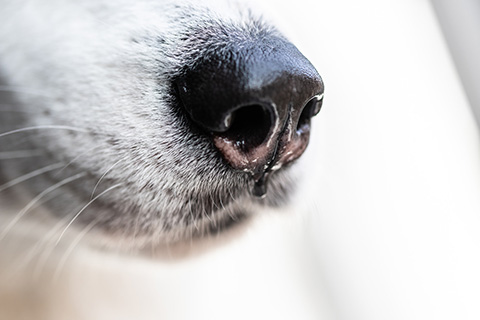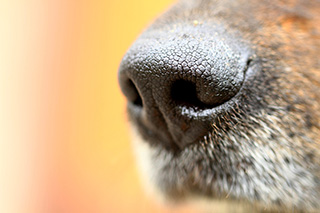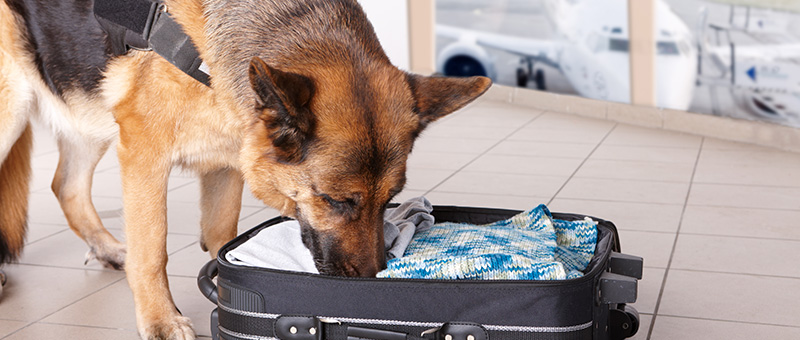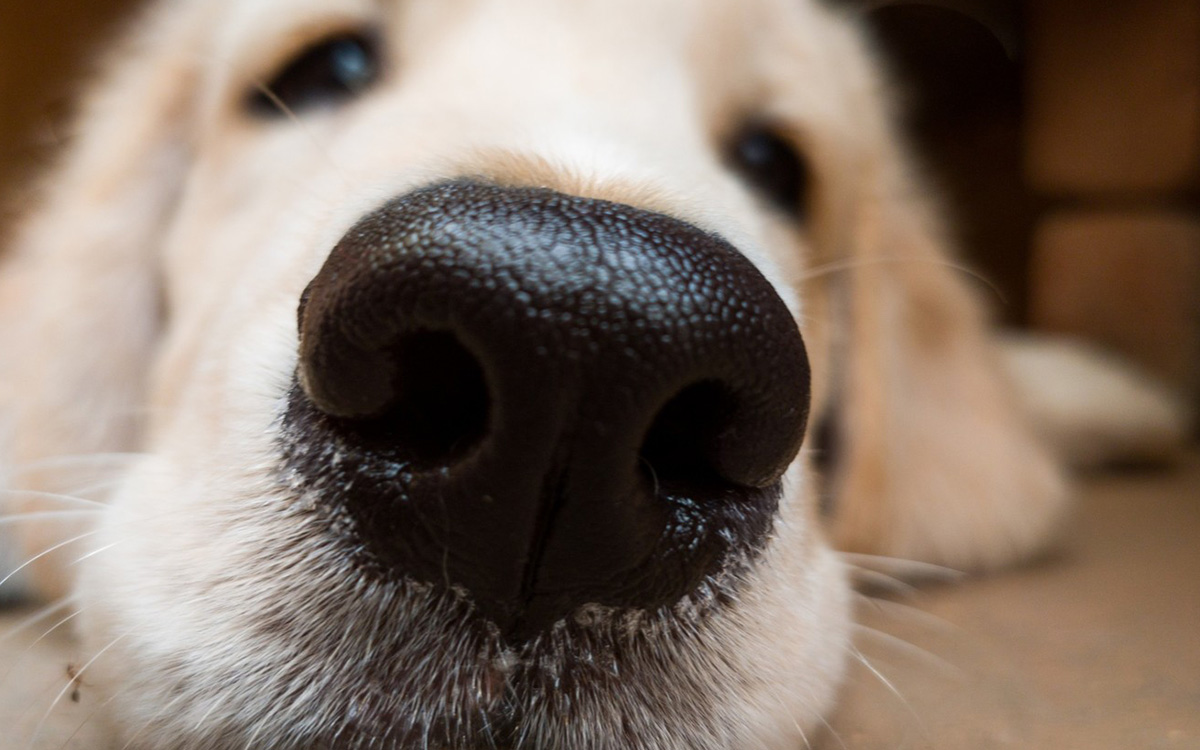Contents
It’s no secret that dogs possess an extraordinary sense of smell, but did you know just how remarkable and powerful their noses truly are?
While humans have around 5 million scent receptors in their noses, dogs have an estimated range of 125 to 300 million scent receptors, depending on the breed.
This makes their sense of smell 100,000 times more powerful than ours!
Imagine being able to detect a single drop of vanilla in an Olympic sized swimming pool. That’s 164 feet in length by 82 feet in width at 7 feet in depth.
Let’s uncover 8 more mind-blowing dog nose facts that many dog owners might now know about.
Excellent long distance sniffers

Dogs can distinguish between similar odors, even if they are present in minuscule amounts. This incredible skill makes them ideal for tasks like tracking specific individuals, detecting specific substances, or identifying objects up to 1.5 miles away.
The Wet Nose Wonder
Have you ever wondered why your dog’s nose is often wet? That moisture isn’t just slobber – it serves a vital purpose.
Dogs’ noses stay moist due to a thin layer of mucus that helps them absorb scent chemicals from the air. This wetness enhances their smelling abilities, allowing them to capture and analyze scents more effectively.

Detecting diseases
Dogs have an astonishing ability to detect various diseases and conditions in humans. Their super sniffers can be trained to detect cancer, diabetes, and even on coming migraines up to 48 hours prior.
By picking up on the unique odors associated with these ailments, dogs are paving the way for early detection and potentially life-saving interventions.
Nose Prints

Just like humans have distinct fingerprints, did you know that dogs have nose prints that are entirely unique to each individual? The patterns and ridges on a dog’s nose are as individualistic as their personality.
Double the Sniffing Power

Within their nasal passages, dogs possess two separate chambers known as the left and right nasal cavities. These chambers allow dogs to detect and analyze scents independently, making them useful in detection jobs.
Sniffing Out the Tech
Dogs have an uncanny ability to detect electronic devices. The distinct odor emitted by the components of these devices catches their attention. From hard drives to memory cards and even cell phones, our canine companions can be trained to locate these hidden tech treasures.
The Jacobson’s Organ
Jacobson’s organ – also known as the vomeronasal organ, this specialized olfactory structure is located in the roof of their mouths.
It helps dogs analyze and process specific scents, particularly pheromones. The Jacobson’s organ allows dogs to pick up on social and reproductive cues from other animals, such as agitation and connection to their mothers.
Smelling Time
Research suggests that dogs can detect the passage of time through smells. By analyzing the intensity and changes in odors over time, they can potentially discern how long ago a specific scent was left behind.





